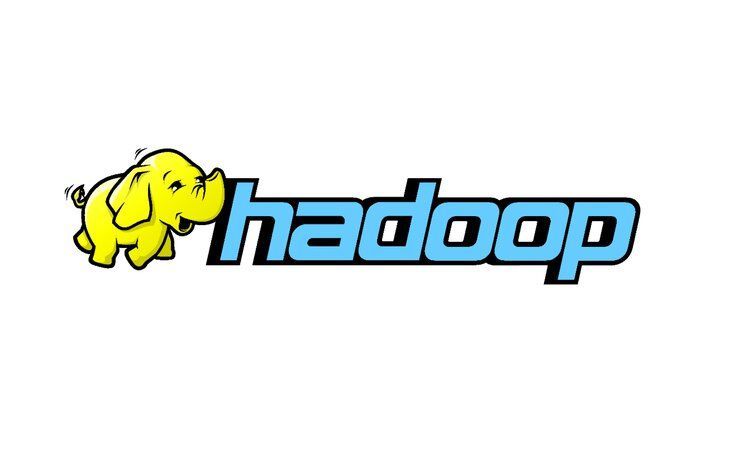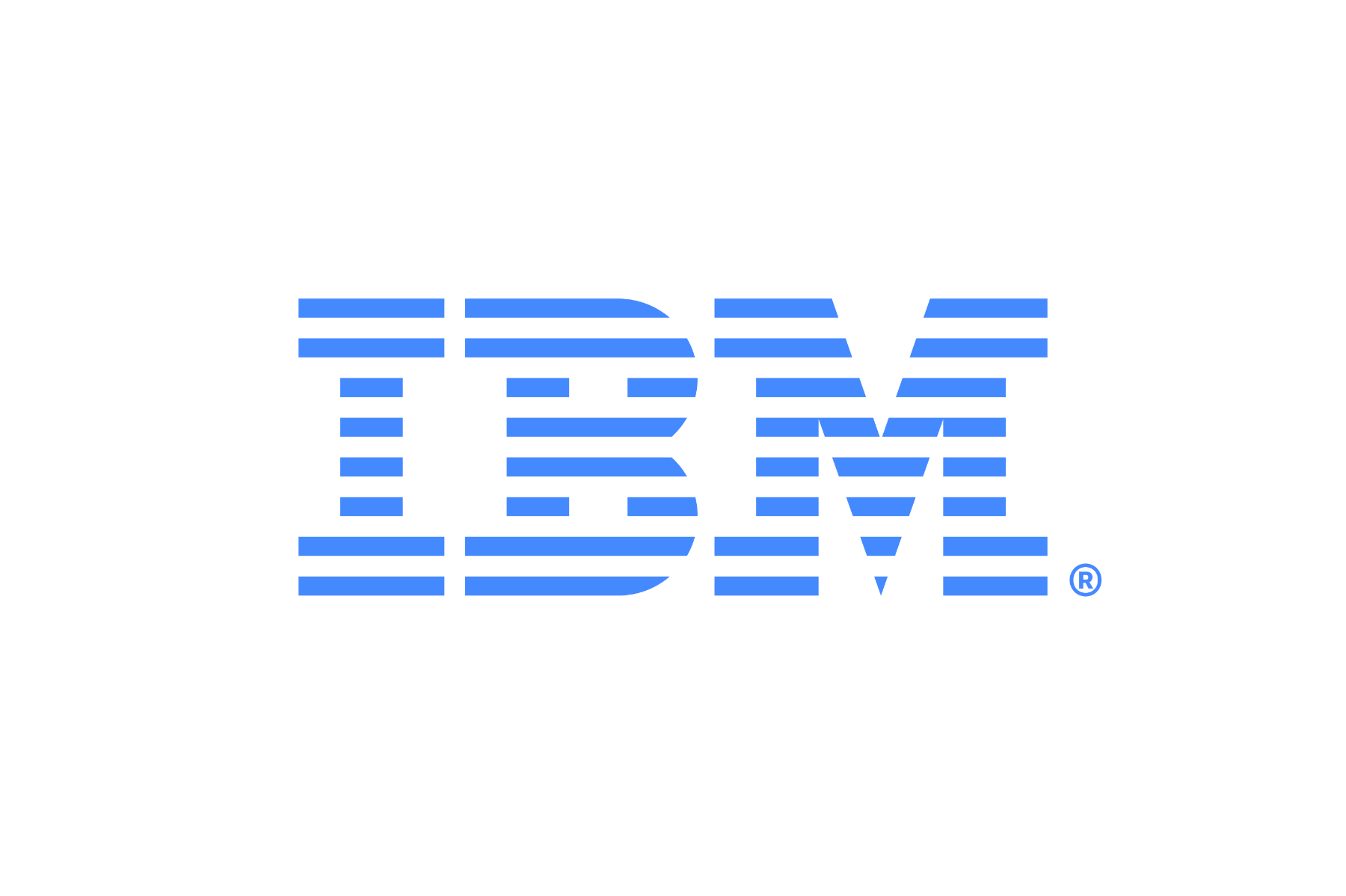Data Architecture
Enabling structured data framework.
Businesses require a structured data framework.
A data architecture outlines the management of data, encompassing collection, transformation, distribution, and consumption. It serves as a blueprint for the flow of data through storage systems, forming the foundation for data processing operations and artificial intelligence (AI) applications.
Our proposition for you : the design and organization of data assets.
The development of a data architecture should be guided by the needs of your business, which data architects and data engineers utilize to establish the corresponding data model and the foundational data structures that uphold it. Typically, these designs serve to fulfill a specific business requirement, such as supporting reporting or data science projects.
BI Developers
Data Analysts
Data Engineers
Advantages
Reducing redundancy
Improving data quality
Enabling integration
Data lifecycle management
Your data architecture
With the rise of new data sources brought about by cutting-edge technologies like the Internet of Things (IoT), a robust data architecture is essential for maintaining manageable and valuable data that supports data lifecycle management. This includes preventing redundant data storage, enhancing data quality through cleansing and deduplication, and facilitating the development of new applications. Moreover, modern data architectures offer the means to seamlessly integrate data across different domains, such as between departments or geographical locations, thus eliminating data silos without the overwhelming complexity associated with centralizing all data in one location.
Types of data architectures
A data architecture provides an overarching view of how various data management systems collaborate. This encompasses a variety of data storage repositories, including data lakes, data warehouses, data marts, databases, and more. These elements come together to form data architectures like data fabrics (IBM) and data lakes (MS), which are gaining traction. These architectures emphasize data as products, promoting greater standardization of metadata and wider access to data across organizations through APIs.
We make the complex simple
The process may vary in several ways depending on the volume and velocity of data, the platform and format of the data, and the specific objective to be achieved.
Solutions
Data Architecture Strategy
Buy-in matters
Define the business goals to be accomplished by leveraging data. What specific business challenges are you aiming to address?
Map it out
"When you are in doubt, map it out!" Map your current data flow and take an inventory of existing data resources present throughout the organisation. Assess what is working and what is not.
Nomenclature
Use knowledge catalog to let users access, curate, categorize and share data, knowledge assets, and compliance information, something like common glossary
Embrace change
Change the existing architecture if necessary. Research different types of modern data architecture, decide on the one that helps you achieve a data structure most effective to your business requirements.
Evaluate KPIs
Develop key performance indicators (KPIs) and utilize analytics that establish a direct correlation between the effectiveness of your architecture and its alignment with data objectives.
Data architecture roadmap
Your rollout plan to materialize data architecture and governance in three to four data domains per quarter. Collect small wins in the form of MVPs. Sometimes you get the most form the least amount of investment.
Your Next Steps
Talk to a data engineer
Co-create with S-O Studio
Generate ideas, construct, evaluate, refine, and expand solutions effortlessly using our comprehensive framework of design thinking, agile, and DevOps methodologies. Attain rapid value and embrace cutting-edge technologies by collaborating with our team and a wide range of experts in business, design, and technology.
Contact a representative and get help with questions on how to start your journey.








